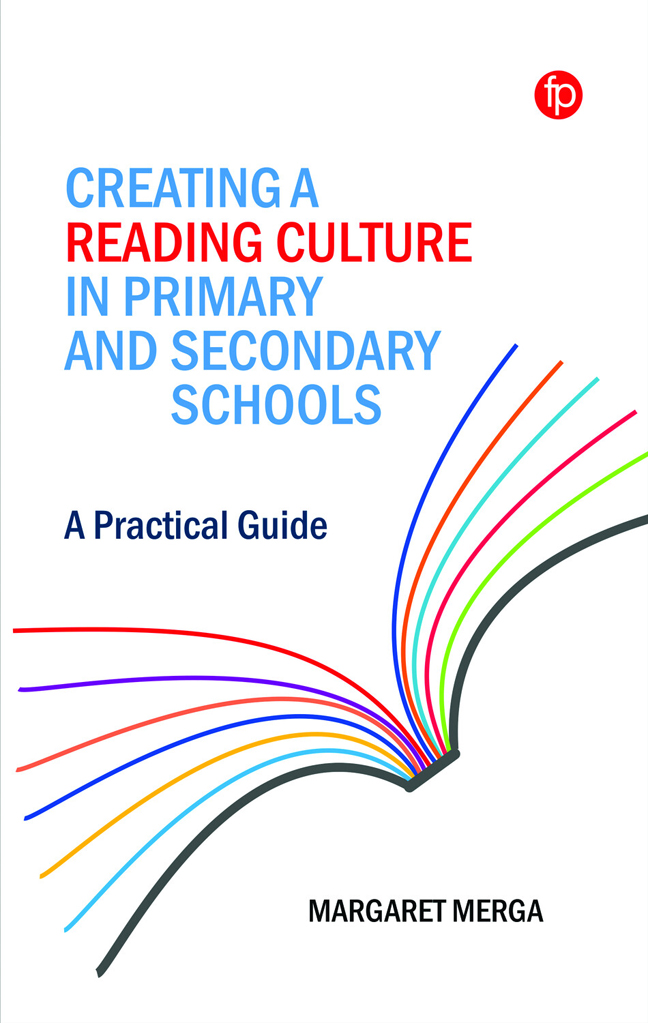Book contents
- Frontmatter
- Contents
- Figures and Tables
- About the Author
- Acknowledgements
- Abbreviations
- Introduction
- 1 Why a Whole School Reading Culture?
- 2 Research-Supported Practices to Choose From
- 3 Stakeholder Engagement and Resourcing
- 4 Implementation Planning and Change Management
- 5 Evaluation
- 6 Reporting
- Conclusions
- References
- Index
- Frontmatter
- Contents
- Figures and Tables
- About the Author
- Acknowledgements
- Abbreviations
- Introduction
- 1 Why a Whole School Reading Culture?
- 2 Research-Supported Practices to Choose From
- 3 Stakeholder Engagement and Resourcing
- 4 Implementation Planning and Change Management
- 5 Evaluation
- 6 Reporting
- Conclusions
- References
- Index
Summary
Think back on your own time at school, and ask yourself the following questions:
1 Did your school encourage you to have a lifelong love of reading, or was it perhaps only concerned with reading for the purposes of assessment?
2 If you feel that your school encouraged you to have a lifelong love of reading, what was it about your school that led you to this conclusion?
Given that this book is focused on imagining and creating a reading culture, and fostering a lifelong reader identity in young people, critically reflecting on your own experiences as a student can be a good place to start.
Perhaps you found yourself within a richly supportive environment, where reading was celebrated, encouraged and supported. As explored in this book, and as you may recollect if this was your experience, schools can communicate valuing of reading in many diverse ways.
Alternatively, your school may have been a space where enjoyment of reading was positioned as peripheral and irrelevant. If this was you, and yet you are an avid reader, your love of reading may have been fostered at home, never nurtured within your school.
One of the key purposes of this book is to enable you to identify and harness the approaches, resources, and strategies that contribute to a school reading culture whether you had prior exposure to them or not. Even a thriving school reading culture can benefit from new insights that can make the culture even more effective, and help you to foster a love of reading in all of your students.
School culture is influential
Students spend so much time at school, it is vital that the activities, experiences and school cultures they are exposed to build their capacity as lifelong learners who will continue to develop their knowledge and skills in adulthood. Students in Organisation for Economic Co-operation and Development (OECD) countries spend an average of 7,590 hours of required instruction at primary and secondary school (OECD, 2019a), which is no small chunk of time. They are at a formative stage of their lives, and their schooling experiences can have a significant impact on their current and future trajectories. Unsurprisingly, the kinds of learning environments that students experience in their schools impact on their academic achievement (e.g. MacNeil et al., 2009), but students’ experiences in school can also shape their behaviours and beliefs well beyond their schooling years.
- Type
- Chapter
- Information
- Creating a Reading Culture in Primary and Secondary SchoolsA Practical Guide, pp. xvii - xxiiPublisher: FacetPrint publication year: 2023

